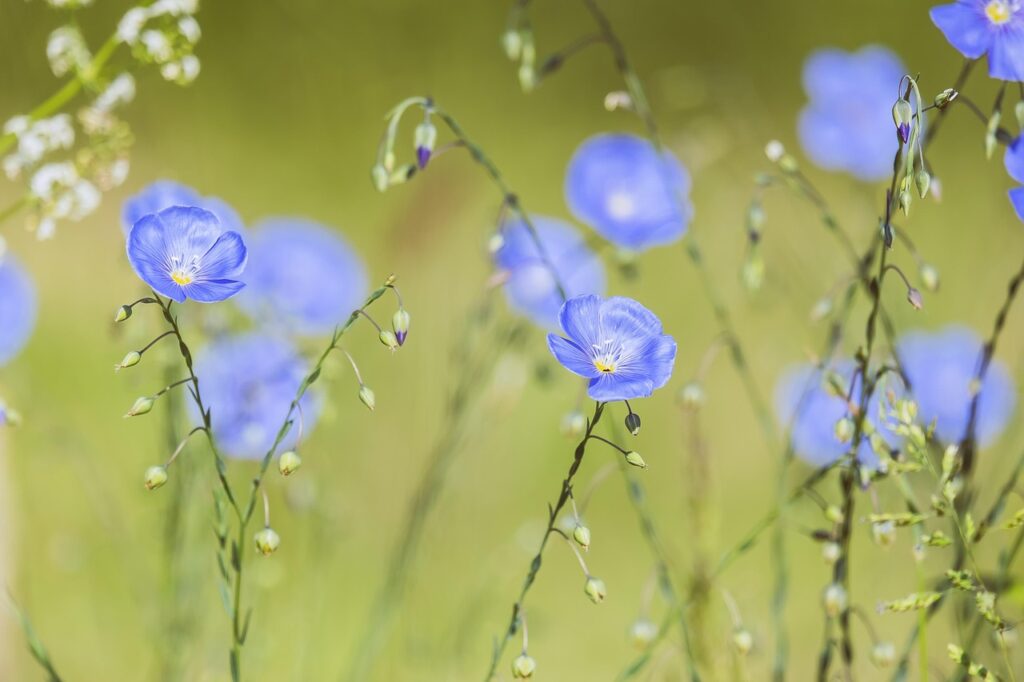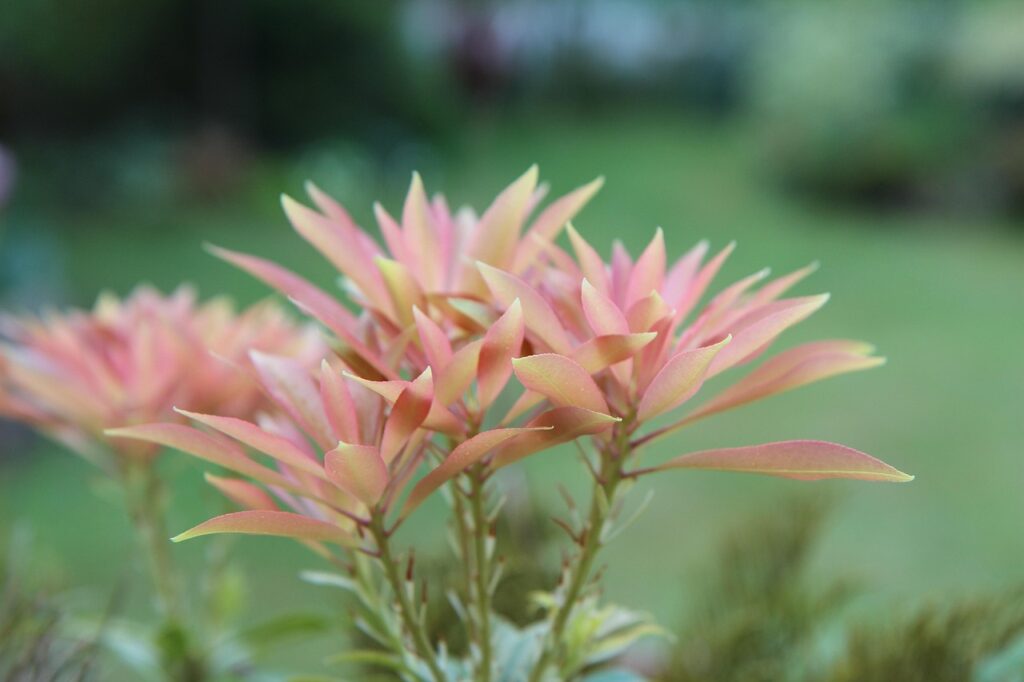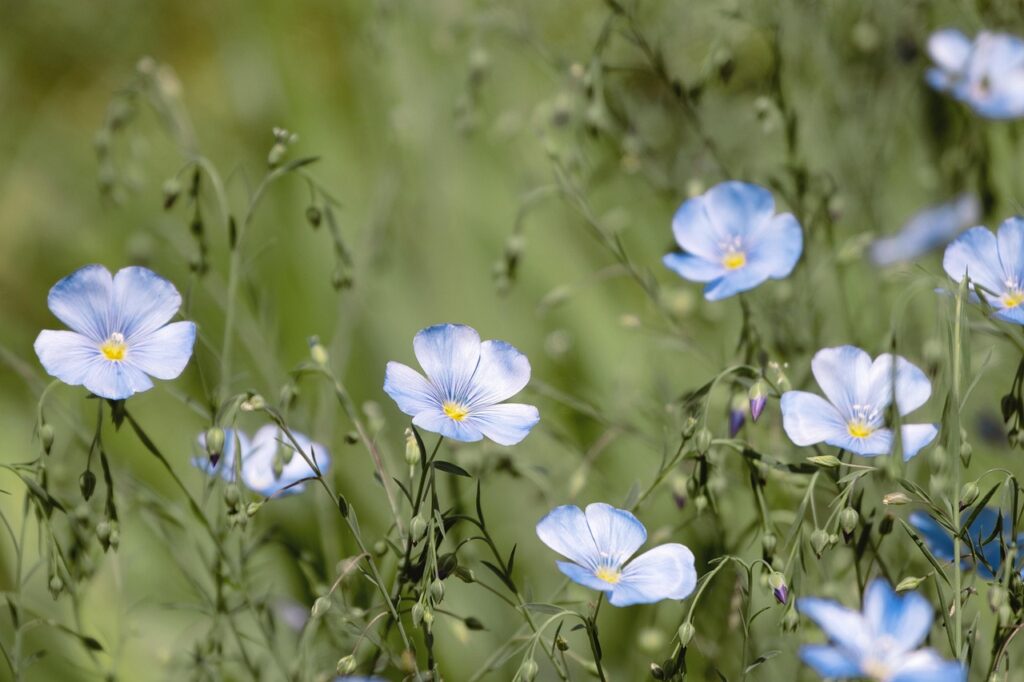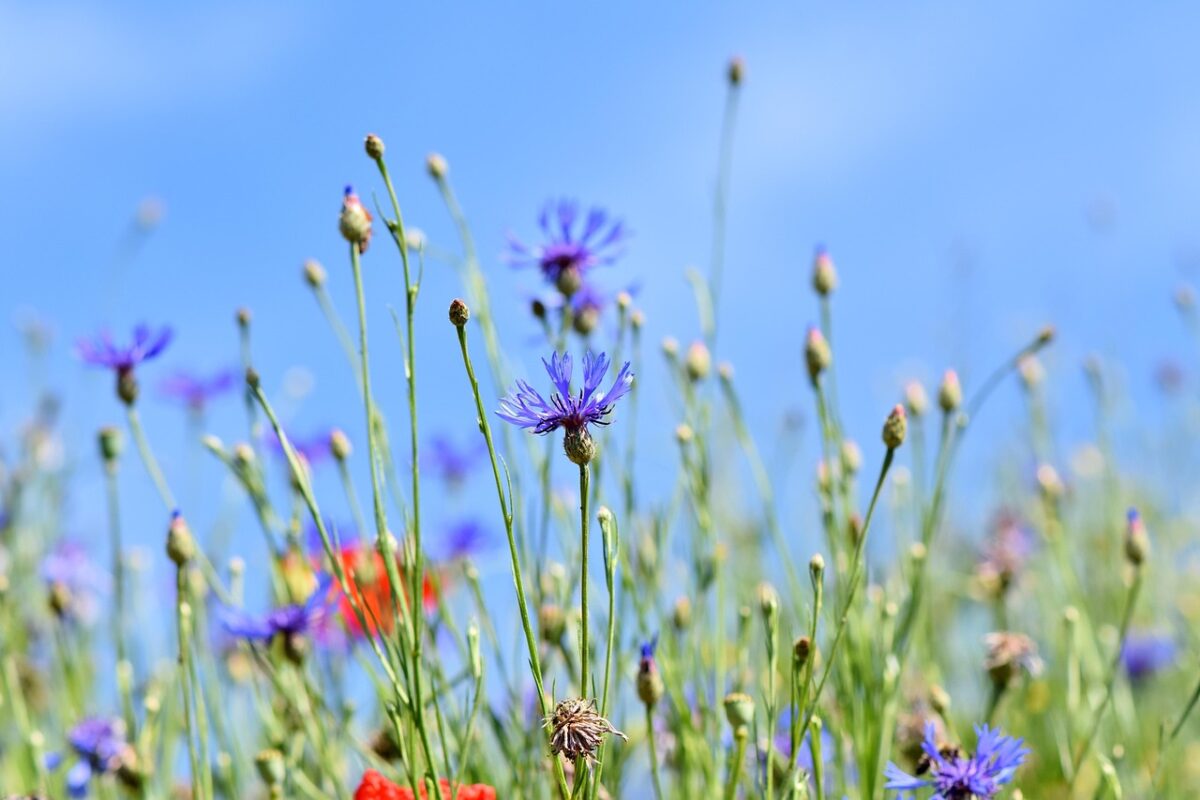Creating a vibrant garden in shaded areas can be a rewarding challenge for home gardeners and landscaping enthusiasts alike. Flowering shade-loving perennials offer a fantastic solution for those low-light spots, allowing you to cultivate a lush, colorful environment without the harsh sun. These plants thrive in partial to full shade, providing not only beauty but also support for local pollinators and a habitat for beneficial wildlife. In this article, we will explore the myriad benefits of shade perennials, how to choose the right ones for your garden, and provide a comprehensive list of the best flowering shade-loving perennials.
Introduction to Flowering Shade Loving Perennials
Flowering shade-loving perennials are plants that flourish in low-light conditions, making them ideal for areas beneath trees, near buildings, or in shaded corners of your garden. These plants often have adaptations that allow them to maximize the limited sunlight they receive, resulting in stunning blooms and lush foliage throughout the growing season. By incorporating these perennials into your landscape, you can create a vibrant, multi-layered garden that thrives even in the shadiest spots.
Benefits of Growing Shade Loving Perennials

Growing shade-loving perennials offers numerous advantages for both novice and seasoned gardeners. Here are some key benefits:
- Low Maintenance: Many shade perennials require less care than their sun-loving counterparts, making them perfect for busy gardeners.
- Pollinator Support: These plants often attract bees, butterflies, and other beneficial insects, enhancing biodiversity in your garden.
- Soil Improvement: The root systems of perennials help to stabilize soil structure and prevent erosion in shaded areas.
- Year-Round Interest: With a variety of textures, colors, and bloom times, shade perennials can provide visual interest throughout the seasons.
How to Choose Perennials for Shade
Selecting the right perennials for shade involves understanding several key criteria:
Light Levels
Determine how much shade your garden receives. Shade can range from full shade (less than 3 hours of sunlight) to partial shade (3-6 hours of sunlight). Knowing this will help you choose the right plants.
Soil Conditions
Evaluate your soil type. Is it sandy, clay, or loamy? Understanding your soil will guide you in selecting perennials that thrive in those conditions.
Moisture Levels
Consider how well-drained your soil is. Some shade-loving perennials prefer moist, well-drained soil, while others can tolerate drier conditions.
Top 15 Flowering Shade Loving Perennials
Here’s a curated list of some of the best flowering shade-loving perennials, complete with their botanical and common names, bloom times, heights, and hardiness zones:
| Common Name | Botanical Name | Bloom Time | Height | Hardiness Zones |
|---|---|---|---|---|
| Astilbe | Astilbe spp. | Summer | 1-5 ft | 3-8 |
| Bleeding Heart | Dicentra spectabilis | Spring | 2-3 ft | 3-9 |
| Hosta | Hosta spp. | Summer | 1-4 ft | 3-9 |
| Japanese Anemone | Anemone hupehensis | Late Summer to Fall | 2-4 ft | 4-8 |
| Coral Bells | Heuchera spp. | Spring to Summer | 1-2 ft | 4-9 |
| Woodland Phlox | Phlox divaricata | Spring | 1-2 ft | 3-8 |
| Ferns | Various species | N/A | 1-4 ft | 3-9 |
| Columbine | Aquilegia spp. | Spring | 1-3 ft | 3-9 |
| Snowdrop | Galanthus nivalis | Winter to Early Spring | 4-6 in | 3-7 |
| Lady’s Mantle | Alchemilla mollis | Late Spring to Summer | 1-2 ft | 3-7 |
| Brunnera | Brunnera macrophylla | Spring | 1-2 ft | 3-8 |
| Toad Lily | Tricyrtis spp. | Late Summer to Fall | 1-3 ft | 4-9 |
| Foxglove | Digitalis purpurea | Summer | 2-5 ft | 4-9 |
| Lamium | Lamium maculatum | Spring to Summer | 1-1.5 ft | 3-8 |
| Wild Ginger | Asarum canadense | Spring | 6-12 in | 3-7 |
Design Tips for Shade Gardens

Creating a visually appealing shade garden requires thoughtful design strategies. Here are some effective tips:
Layering Plants
Utilize a layered approach by placing taller plants towards the back and shorter ones in front. This creates depth and ensures all plants receive adequate light.
Incorporating Color and Texture
Mix plants with varying foliage colors, such as deep greens, silvers, and variegated leaves. Incorporate textures by combining feathery ferns with broad-leaved perennials for visual interest.
Pathways and Focal Points
Design pathways that guide visitors through your garden. Consider adding focal points, such as a bench or a birdbath, to encourage exploration.
Planting and Care Guide for Shade Perennials
Successful planting and care of shade perennials involve several key steps:
Planting Steps
- Site Preparation: Clear the area of weeds and debris. Loosen the soil to improve drainage.
- Soil Improvement: Amend the soil with organic matter, such as compost, to enhance fertility and moisture retention.
- Spacing: Follow the recommended spacing guidelines for each perennial to allow for growth and airflow.
- Watering: Water thoroughly after planting to help establish the roots.
Care Tips
- Mulching: Apply a layer of mulch to retain moisture and suppress weeds.
- Fertilizing: Use a balanced fertilizer in early spring to promote healthy growth.
- Deadheading: Remove spent blooms to encourage further flowering.
- Pruning: Trim back dead foliage in late fall or early spring to make way for new growth.
Common Problems and Solutions

Shade perennials can encounter various issues, but many can be managed effectively:
Pests
Common pests like slugs and snails may be attracted to moist, shady areas. Hand-picking or using organic methods like diatomaceous earth can help control these pests.
Diseases
Fungal diseases can affect shade perennials, especially in damp conditions. Ensure good air circulation and avoid overhead watering to minimize disease risks.
Poor Flowering
If your perennials are not flowering well, consider whether they are receiving enough light. Some shade-loving plants still require dappled sunlight to thrive.
Next Steps
Incorporating flowering shade-loving perennials into your garden is a fantastic way to transform low-light areas into vibrant, flourishing spaces. By understanding their benefits, selecting the right plants, and applying effective design strategies, you can create a shade garden that thrives year-round. Start by choosing a few of the top perennials listed above, and don’t hesitate to experiment with layering and color combinations. For further resources, consider visiting local nurseries or gardening clubs, and explore online communities dedicated to shade gardening. Happy planting!
